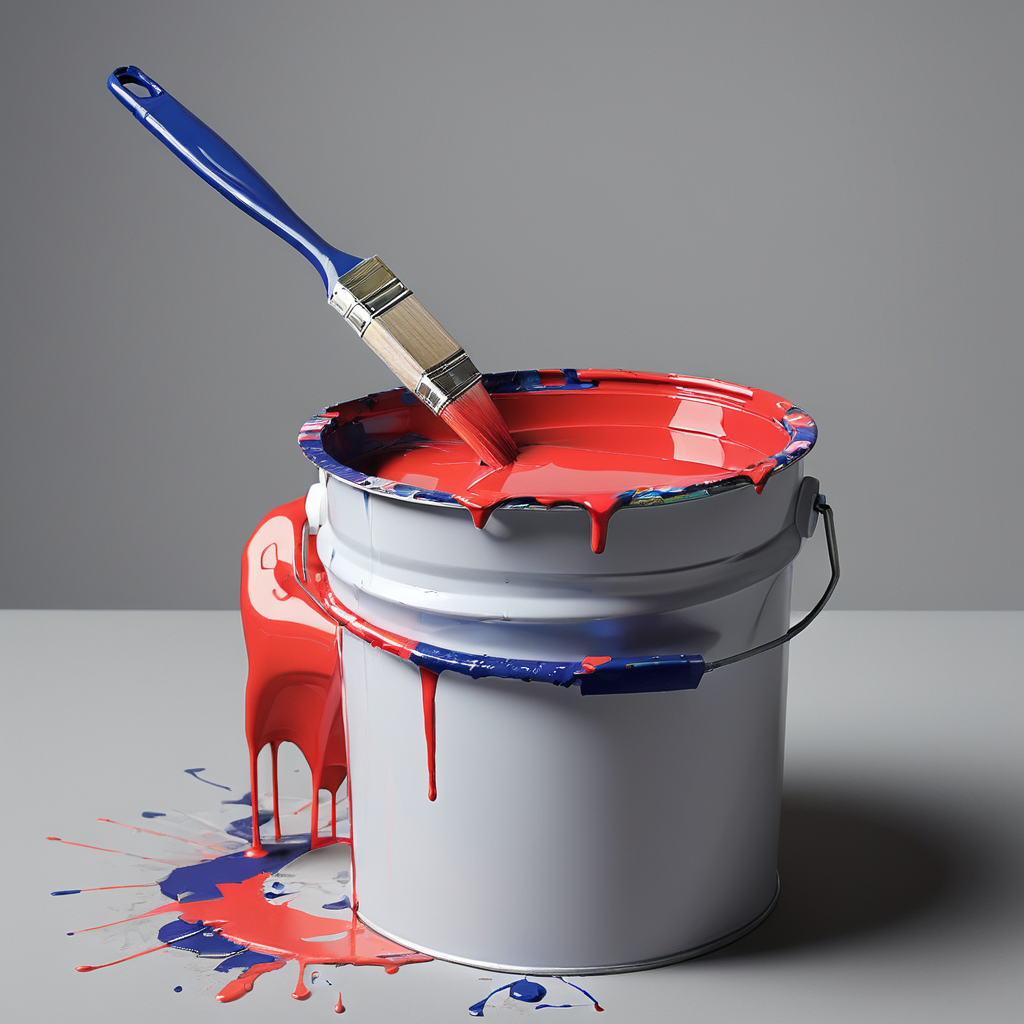
In the domain of painting and surface finishing, the choice of tools significantly influences the outcome of a project. Among these essential tools, nap paint rollers stand out for their versatility and ability to adapt to various textures and paint types. Their unique design and construction make them indispensable for both professional painters and DIY enthusiasts. This article delves into the fascinating aspects of nap paint rollers, providing insights into their types, benefits, and applications that could elevate your next painting project to a work of art.
The Essence of Nap Paint Rollers
Nap paint rollers, characterized by their fibrous covers, are designed to hold and release paint in a manner that accommodates a wide range of surface textures. The term “nap” refers to the length of these fibers, which can vary significantly, affecting how much paint the roller can absorb and how smoothly it applies that paint to a surface. Understanding the nuances of nap length is crucial for achieving the desired finish, making these rollers a powerful asset in the hands of those who know how to wield them.
A Spectrum of Surfaces
One of the key advantages of nap paint rollers is their ability to conform to different textures, from smooth plaster walls to rough, uneven surfaces like brick or stucco. The secret lies in selecting the appropriate nap length:
- Short Nap (1/4 inch to 3/8 inch): Ideal for smooth surfaces such as new drywall, fine plaster, or wood. These rollers deliver a sleek, clean finish with minimal texture.
- Medium Nap (1/2 inch to 3/4 inch): The versatile choice for light to moderate textures, such as lightly textured walls or acoustic ceilings. They strike a balance between smooth application and the ability to navigate slight imperfections.
- Long Nap (3/4 inch to 1 inch and beyond): Designed for heavily textured surfaces, these rollers can navigate the nooks and crannies of surfaces like textured plaster, brick, or concrete, ensuring even coverage despite the irregularities.
Enhancing Efficiency and Aesthetics
The design of nap paint rollers also contributes to their efficiency. They can hold a significant amount of paint, reducing the need for frequent reloading and speeding up the painting process. Moreover, their ability to apply paint evenly helps prevent issues like drips, brush marks, or uneven coverage, which can detract from the final appearance.
Choosing the Right Roller
Selecting the right nap roller is more art than science, influenced by factors such as the paint type, the desired finish, and personal preference. Here are a few tips to guide your choice:
- Test Different Lengths: If possible, test rollers of different nap lengths on a small, inconspicuous area to see which provides the desired finish.
- Consider the Paint Type: Thicker paints might require a longer nap to ensure even distribution, while thinner paints work well with shorter naps.
- Don’t Forget About Quality: High-quality rollers may cost more upfront but can provide a better finish and last longer, making them a wise investment.
Beyond Walls: Creative Applications
While traditionally used for painting walls and ceilings, nap paint rollers have found their way into creative projects, from textured art canvases to custom furniture finishes. The texture of the nap itself can be part of the creative process, offering unique patterns and effects that elevate the ordinary to the extraordinary.
Embracing the Nap Roller Renaissance
As we continue to explore the capabilities and applications of nap paint rollers, it’s clear that these tools are more than just a means to an end. They offer a way to navigate the complexities of texture, efficiency, and aesthetics in painting projects, proving that with the right knowledge and tools, anyone can achieve professional-quality results. Whether you’re refreshing a room or embarking on an artistic endeavor, the humble nap paint roller might just be your ticket to textured triumphs.
Cedar Hill St. Louis Jefferson County Olivette Kirkwood Ballwin Arnold Franklin County St Charles County Fenton High Ridge Dittmer Creve Coeur
